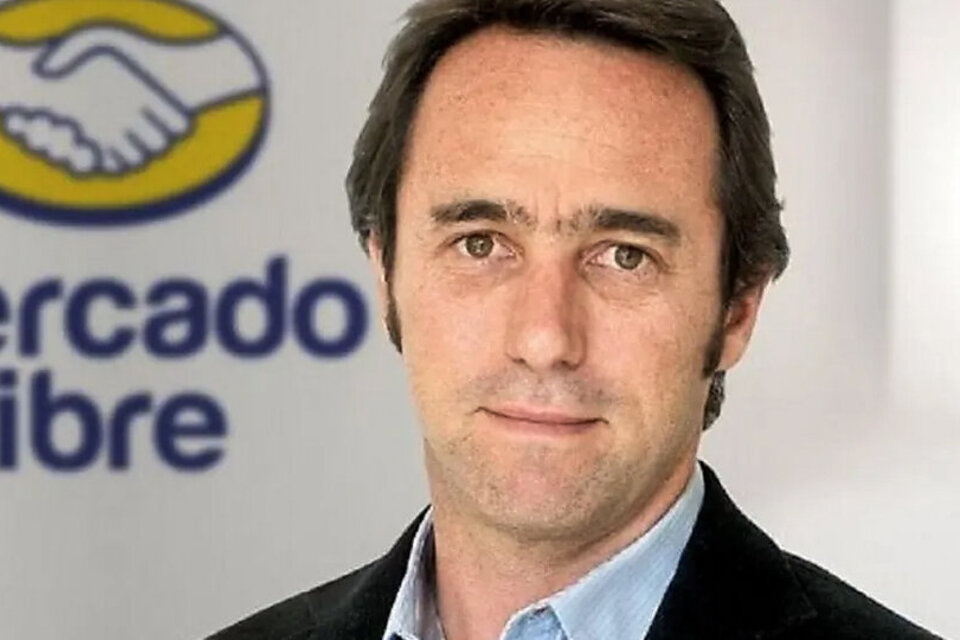Latin America’s leading e-commerce site, Mercado Libre, reported a surge in third-quarter profits. The company booked $359 million in net income, up 178% from $129 million a year ago, driven by robust growth in e-commerce in Mexico and the continued expansion of its fintech division, Mercado Pago.
In its financial services arm, net revenue grew 33% year-over-year. The company reported $1.6 billion in income during the period, up from $1.2 billion in 2022, as it reaped the benefits of a somewhat more aggressive credit strategy.
“Fintech revenue growth accelerated sequentially as we have now lapped last year’s rapid growth in credit revenues, and we slowly increase the pace of (loan) originations,” the company said in a letter to shareholders.
Mercado Pago closes on 50 million clients in Latin America
Mercado Pago, the company’s neobank and primary tool for e-commerce payments, has accelerated its expansion across Latin America. While the company utilizes Mercado Pago for in-site transactions, it has also expanded its reach to off-platform services. These include QR payments in-store, or digital wallet initiatives.

The firm reported an additional growth in the number of unique fintech active users. It reached 48.8 million by the end of September. This marks a 3.5 million gain from the previous quarter and up 7.2 million in the last year.
Shares of the “Amazon of Latin America” saw a mild increase in after-hours trading. The company has delivered an impressive year-to-date return of nearly 50%. This marks a rebound from a significant drop last year, which coincided with the downturn in the broader technology sector.
Mercado Libre accelerates credit card issuance in Mexico and Brazil
Mercado Pago’s credit originations grew 22.7% year over year in the quarter, with the loan portfolio reaching $3.4 billion. Most of it comprises short-term obligations, as the company takes its first steps into the segment. Consumer loans account for more than half of its total loans.
Its margin after losses was reported at 37.4%, in line with the year ago quarter. The company’s significant net interest margin shows how profitable credit strategies can be for neobanks. However, most have been reluctant to expand their loan offerings massively, and have instead taken a more cautious approach in the face of spiking delinquencies.
During the period, Mercado Pago increased credit limits in Brazil for low-to-medium borrowers. It also expanded its consumer loan portfolio in Mexico. The firm said it had accelerated the pace of credit card issuance as part of its strategy to maximize profits.
Mercado Libre’s fintech did so while maintaining slightly better delinquency ratios. Its 90-day non-performing-loan ratios trended downwards to 20.3% in the quarter, down from 25.1% in the previous period. This is still significantly higher than traditional banks, illustrating how risky it can be for neobanks to expand in this segment.


